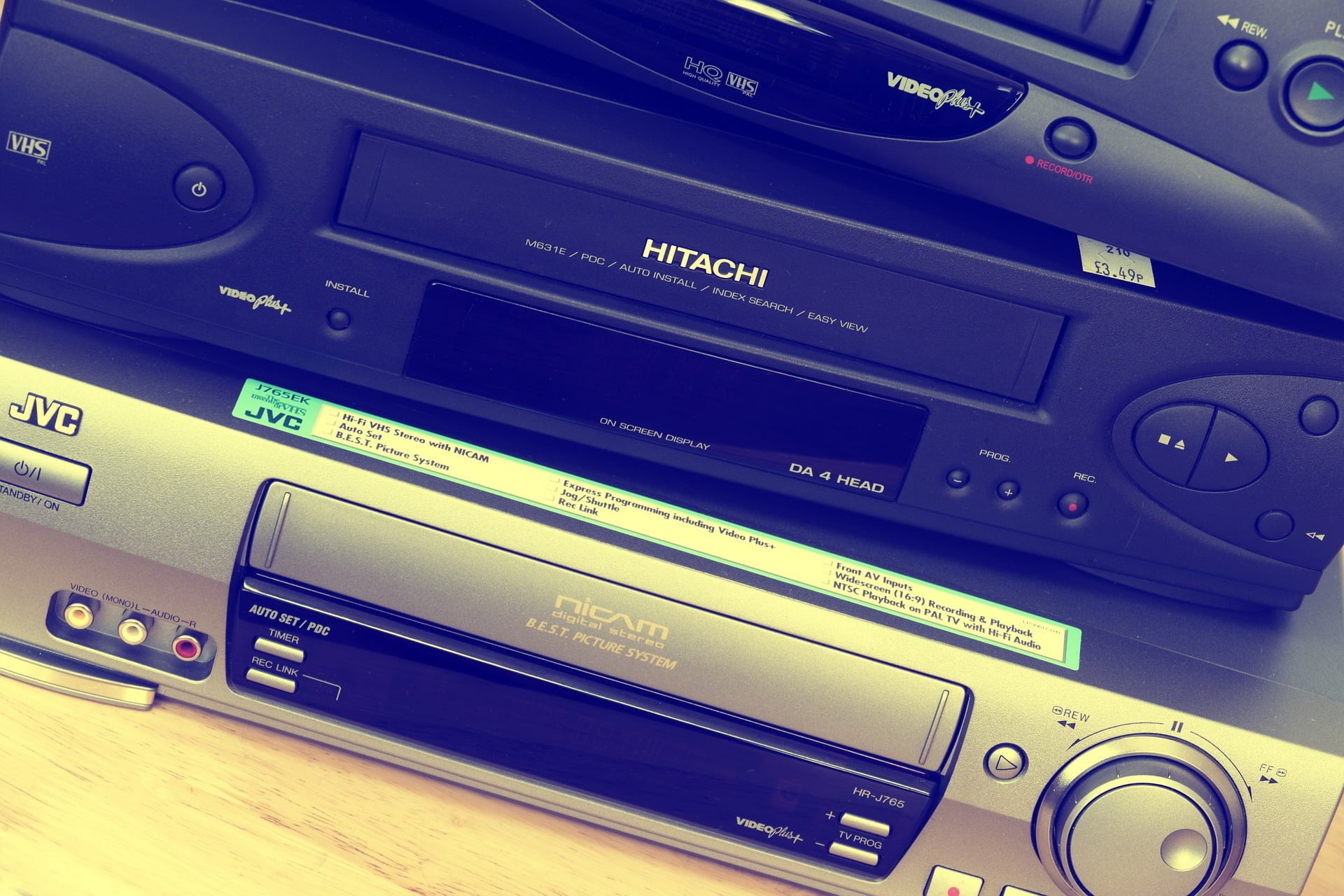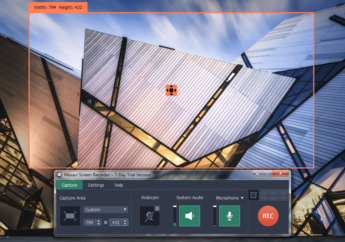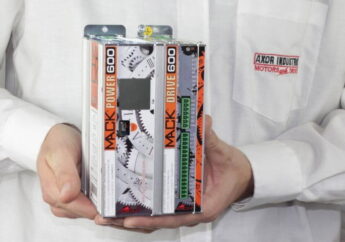The Road to Cord-Cutting Leads to Modern Media Players
by Arina Smith Technology 13 September 2018

The rate of cord-cutters in the U.S. — consumers that cancel their TV and cable service and opt not to resubscribe — is growing at an alarming rate. eMarketer estimates put the total at 32.8 percent towards the end of 2018.
Many attribute this to the cost-effectiveness of subscribing to one of several different online streaming services such as Netflix or Hulu. You get decidedly more content, on-demand and at a much cheaper price. Services like Vudu, Hulu, Netflix, Amazon Prime Instant Video, HBO Now and even Dish’s Sling TV offer a variety of additional content streams that are vastly superior to conventional cable — they don’t have traditional commercials either.
But in order to take advantage of these services, you need some form of modern media player. smart TVs are the obvious answer, but these are nothing more than conventional TV sets with media player hardware built-in. Roku-ready TVs, for example, essentially offer the same hardware and software as a Roku stick out-of-the-box.
Aside from some of those smart TVs, what are the best media players available right now?
Choice Media Players:
Right off the bat, it’s important to point out there are a variety of generic and no-name style media players out there. Many of them are suitable alternatives to regular cable, so we’re not discounting them entirely. Instead, however, we’re going to focus on the more prominent devices available.
Amazon Fire TV Cube:
The newest player on the market is Amazon’s Fire TV cube which uses the same system as the Fire TV stick, a portable HDMI player connected to Amazon’s Instant Video service. The Fire TV Cube brings Alexa support to the table — Amazon’s voice assistant who you may recognize from the Echo devices.
The hands-free support through voice commands is the biggest draw here, as well as the Amazon Prime support if you’re a subscriber.
Google Chromecast:
The Google Chromecast Ultra is the latest iteration of the tech giant’s streaming device. It includes support for a variety of apps, services and platforms including — surprisingly — iOS devices like the iPhone. It’s best suited for existing Android users, however, especially with the instant cast support baked into the mobile OS.
Apple TV:
Apple TV is the mainstay in the media player market with direct access to iTunes and the greater Apple media library. Of course, it supports several additional apps and services such as Netflix, but it’s the proprietary support that should influence your decision. If you have amassed a huge library of movies and TV shows through iTunes, Apple TV is the device you’ll want to go with.
Roku Premiere:
Finally, we have Roku Premiere which is widely considered to be one of the best set-top boxes money can buy right now. The new version even offers 4K ultra-HD content support if you have a compatible TV.
You’ll also gain access to just about any streaming service is known to man, including a few exclusive to Roku users.
How Do I Choose?
In reality, all of these media devices are comparable to one another offering support for the most popular streaming services and content. The best way to decide for your family or setup is to consider how you’re going to use it and what content you watch most. If you have a large collection of movies on Google Play, for instance, then it’s best to go with a Chromecast. If you have a huge collection through iTunes, well, then Apple TV is your best bet. If you want Amazon Prime video support, you’ll have to select one of Amazon’s devices or a compatible Roku set.
It’s a matter of what content you’ll be viewing most, and where you’d like to have your collection stored. If you use something like Vudu or Netflix, on the other hand, then it really doesn’t matter what device you purchase — they all have access.
Read Also:







































































































